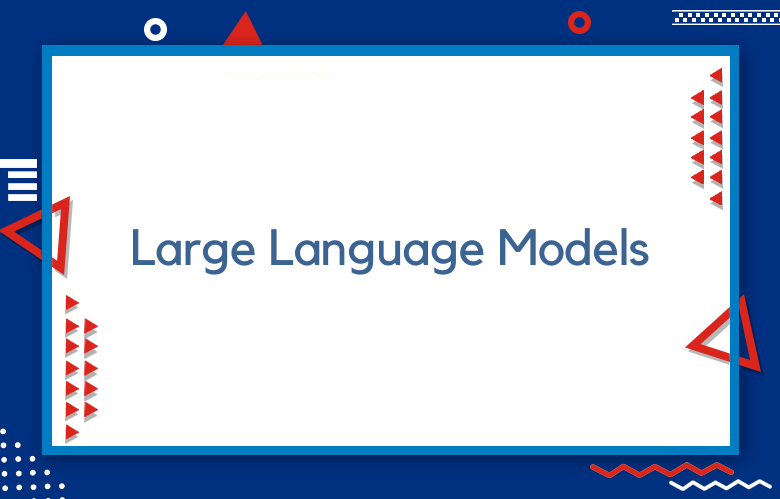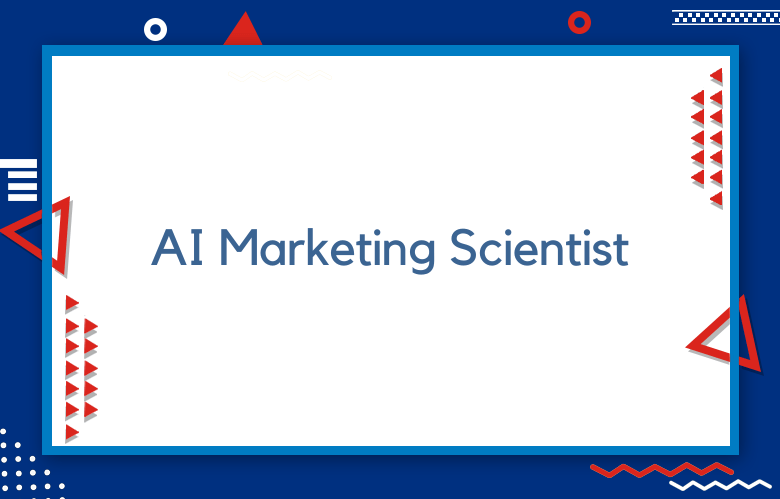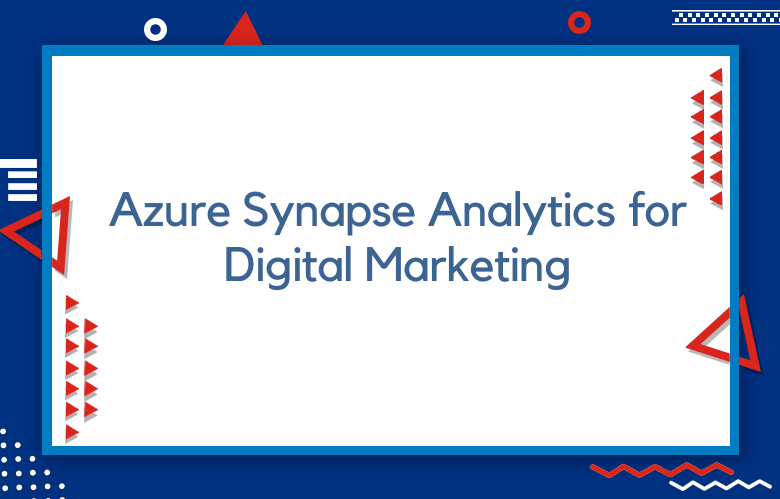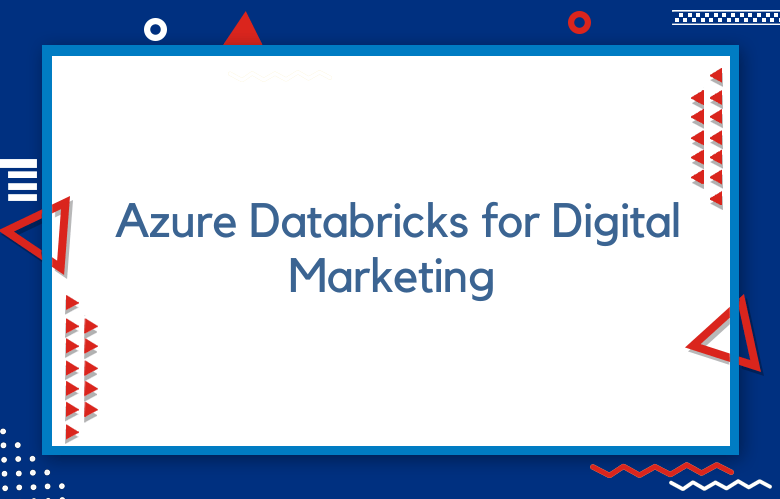A Comparison of Large Language Models (LLMs) in the Marketing Domain

Marketing professionals looking to increase the effectiveness of their campaigns have been exploring the potential benefits of large language models or LLMs. These AI-powered tools can process large volumes of unstructured data in datasets, providing insights that can inform marketing strategies.
Several LLMs have emerged as leading contenders in this field in recent years. We will compare four popular LLMs used in the marketing domain: GPT-3, BERT, XLNet, and DistilBERT.
What are the Large Language Models?
LLMs are neural networks that use deep learning techniques to understand and generate human-like language. They are trained on vast amounts of text data from online sources, including books, articles, and internet forums.
Once trained, they can generate language miming human speech, allowing marketers to create more natural and engaging content. LLMs can understand context, idioms, and other nuances of language, making them a powerful tool for marketers.
What are the drawbacks of LLMs?
Despite their incredible potential, LLMs also have certain drawbacks that marketers must be aware of. One of the biggest challenges with LLMs is ensuring that they produce ethical and non-discriminatory content.
Because LLMs are based on data, they can absorb biases and stereotypes in the source material.
Thus, marketers must ensure that their LLMs are trained on diverse, unbiased data sets. LLMs can sometimes produce irrelevant or nonsensical content, requiring human oversight to ensure quality.
How can marketers leverage LLMs effectively?
Marketers must understand their strengths and limitations to leverage LLMs effectively and use them with other marketing strategies.
For instance, LLMs can generate content ideas that can be refined and optimized using human expertise.
Marketers must also ensure that their LLMs are trained on high-quality data and have a human-in-the-loop system for quality assurance. Marketers must keep abreast of technological advances in LLMs and adapt their strategies accordingly.
A Deep Dive into the Effectiveness of Large Language Models in the Marketing Domain.
Artificial intelligence has transformed the way we live, work, and communicate. Large Language Models (LLMs) are among the most game-changing innovations in AI in recent years.
These models have the power to understand and replicate human language patterns, making human-like responses possible. With the rise of LLMs, businesses and marketers are eager to harness the technology and automate various aspects of customer communication.
Compares the most prominent Large Language Models in the Marketing Domain and explores their potential to revolutionize the industry.
A Comparison of Large Language Models (LLMs) in the Marketing Domain.
The field of marketing has always been challenging. Marketers must reach their target customers using the correct language and tone. With the rise of technology, Marketing techniques have also changed extensively.
The latest addition to this transformation is using Large Language Models (LLMs). They have been widely researched and found to help transform the way marketing is done.
Ce will compare two of the most popular LLMs in the marketing domain: GPT-3 and BERT. We will analyze their strengths, weaknesses, and use cases in marketing.
BERT (Bidirectional Encoder Representations from Transformers) is a profoundly bidirectional pre-trained transformer-based language model designed by Google.
It was first trained to examine the bidirectional flow of language, meaning that when we give it input, it considers the whole sentence instead of just one side.
Understanding Large Language Models (LLMs) in the Marketing Domain.
Artificial intelligence (AI) has advanced by leaps and bounds in recent years, transforming industries across the board.
One of the most talked-about developments in AI is the Large Language Models (LLMs) – a type of artificial intelligence that uses deep learning techniques to generate human-like language.
In the marketing domain, LLMs have already shown incredible potential for improving customer experiences, personalizing content, and streamlining digital marketing processes. We delve deeper into LLMs in the marketing domain and explore their capabilities.
Types of Large Language Models (LLMs) in the Marketing Domain.
GPT-3
OpenAI’s GPT-3, or Generative Pre-trained Transformer 3, is a state-of-the-art LLM that leverages unsupervised learning to perform various tasks, including language translation, question-answering, and text summarization.
The tool can analyze customer feedback, reviews, and social media data in marketing to identify trends, consumer sentiments, and brand reputation.
GPT-3 can also be used to develop content marketing strategies by generating engaging headlines, ideas, and ad copies. However, critics have raised concerns about ethical issues related to biases and misleading outputs.
BERT
Google’s Bidirectional Encoder Representations from Transformers or BERT is another widely used LLM in marketing.
BERT can facilitate natural language processing (NLP) tasks such as sentiment analysis, entity recognition, and text classification. By analyzing customer data, BERT can help marketers optimize ad targeting, improve messaging, and enhance customer engagement.
BERT is particularly effective in evaluating the contextual meaning of words within the same sentence or paragraph, making it helpful in understanding the nuances of social media conversations.
XLNet
XLNet is an LLM developed by the Chinese internet company Huawei that has gained prominence for its ability to perform language tasks with high accuracy and efficiency.
In marketing, XLNet can be used for data analysis, recommendation systems, and customer segmentation.
The tool can analyze customer reviews, social media comments, and survey data to understand customer behavior and preferences. XLNet can also help marketers improve content personalization by offering insights into user intent and interests.
DistilBERT
DistilBERT is a distilled version of BERT developed by Hugging Face, an AI research-oriented company.
DistilBERT has a smaller size and faster inference times than BERT, making it more suitable for real-time applications such as chatbots and virtual assistants.
DistilBERT can help companies improve customer service by analyzing support tickets and offering automated marketing responses. The tool can also assist in ad targeting, product recommendations, and content optimization.
Conclusion:
In conclusion, the four LLMs we discussed all have unique features and capabilities to enhance marketing strategies. GPT-3 provides versatility and creativity by generating content ideas and creative copies.
BERT excels in contextual understanding and sentiment analysis, helping marketers identify and mitigate negative feedback.
XLNet offers highly accurate predictions and personalized recommendations, improving customer experience and satisfaction.
DistilBERT balances speed and accuracy, making it ideal for real-time interactions and automation. By leveraging these LLMs, marketing professionals can gain valuable insights and achieve better campaign ROI.
Call: +91 9848321284
Email: [email protected]



